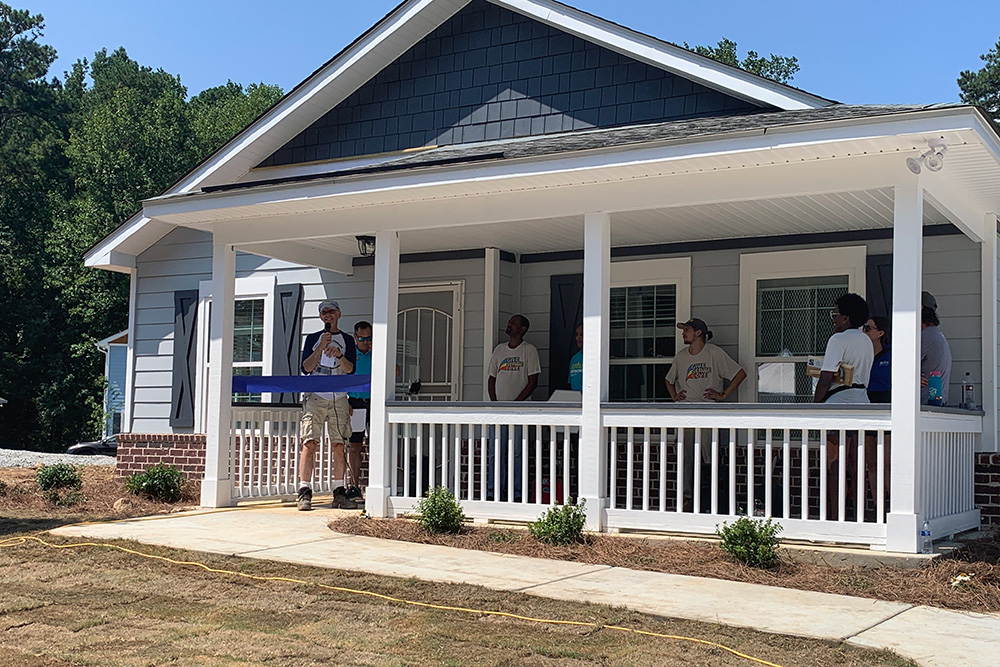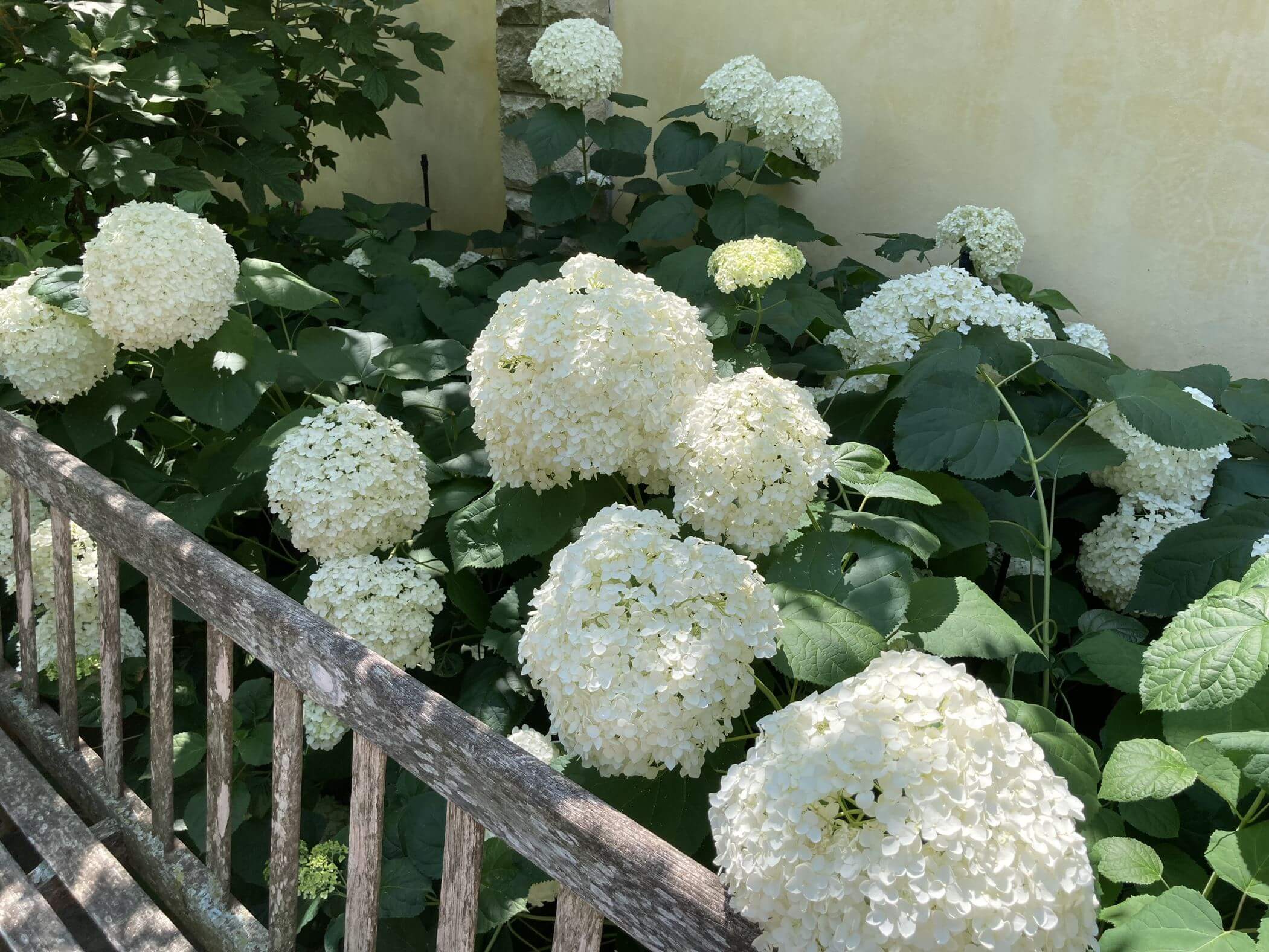Many homeowners desire a low-maintenance landscape, but don’t know how to achieve that goal. Following these recommendations from University of Georgia Cooperative Extension will help you create an easy-to-maintain, beautiful landscape.
The first step is to choose a hardy grass. When it comes to lawns, centipedegrass is low-maintenance and requires less frequent mowing and fertilization than Bermudagrass or St. Augustinegrass. The second step to a low-maintenance landscape is to plant a row of shrubs around the house or foundation. Finally, you may want to add a hedge to provide some privacy.
A popular project for some home gardeners is reducing grassy lawn areas and problem spots by incorporating natural areas under trees. A poor stand of grass under trees is primarily caused by too much shade and tree root competition. Centipedegrass and Bermudagrass will not perform well in these shady areas. The easiest way to reduce this problem is by adding 3 to 4 inches of mulch such as pine straw, pine bark or hardwood bark under the trees. Although the area should appear natural, it should not detract from the overall landscape appearance.
Mulch at least half of the drip-line
Allow existing trees to influence the landscape design. Do not be conservative with the mulch or make the area too small by cutting the boundaries too close to the tree trunks. Incorporate at least half of the drip-line area for large trees and all of this space for smaller trees. Choose mulch that cannot be easily disturbed by wind or erosion and that will define the area with a crisp boundary. Take care not to have grass growing into the mulch or mulch spilling over onto the grass.
Free-flowing curves can make maintenance around these natural areas easier. Try not to create boundaries that project too abruptly. They will not appear natural and are hard to maintain. And, do not make curves so sharp that they cannot be easily mowed around.
Before spreading mulch, remove all grass and perennial weeds. Identify the weeds and eradicate them physically or chemically. Several herbicides are effective for home use on most weeds or grasses. Be sure to read and follow label directions carefully.
Match mulch to tree
To decide which type of mulch to use, look at the existing trees in the landscape. For example, add a 3 to 4 inch layer of pine straw under pine trees. When new needles and leaves fall they will add to the mulch and complement the area. Mulching the areas under trees also means there is no reason to rake and remove leaves. As leaves and mulch break down they add valuable organic matter to the soil and will provide a healthier environment for trees and shrubs.
Many gardeners also like to add plants in the natural area. Perennials and low-growing, shade-loving annuals may be added to the outside edges to complete the design.
With a little bit of planning and creativity, creating natural areas in your landscape can add beauty and reduce the time required to maintain your yard – leaving more time for you to enjoy it.







